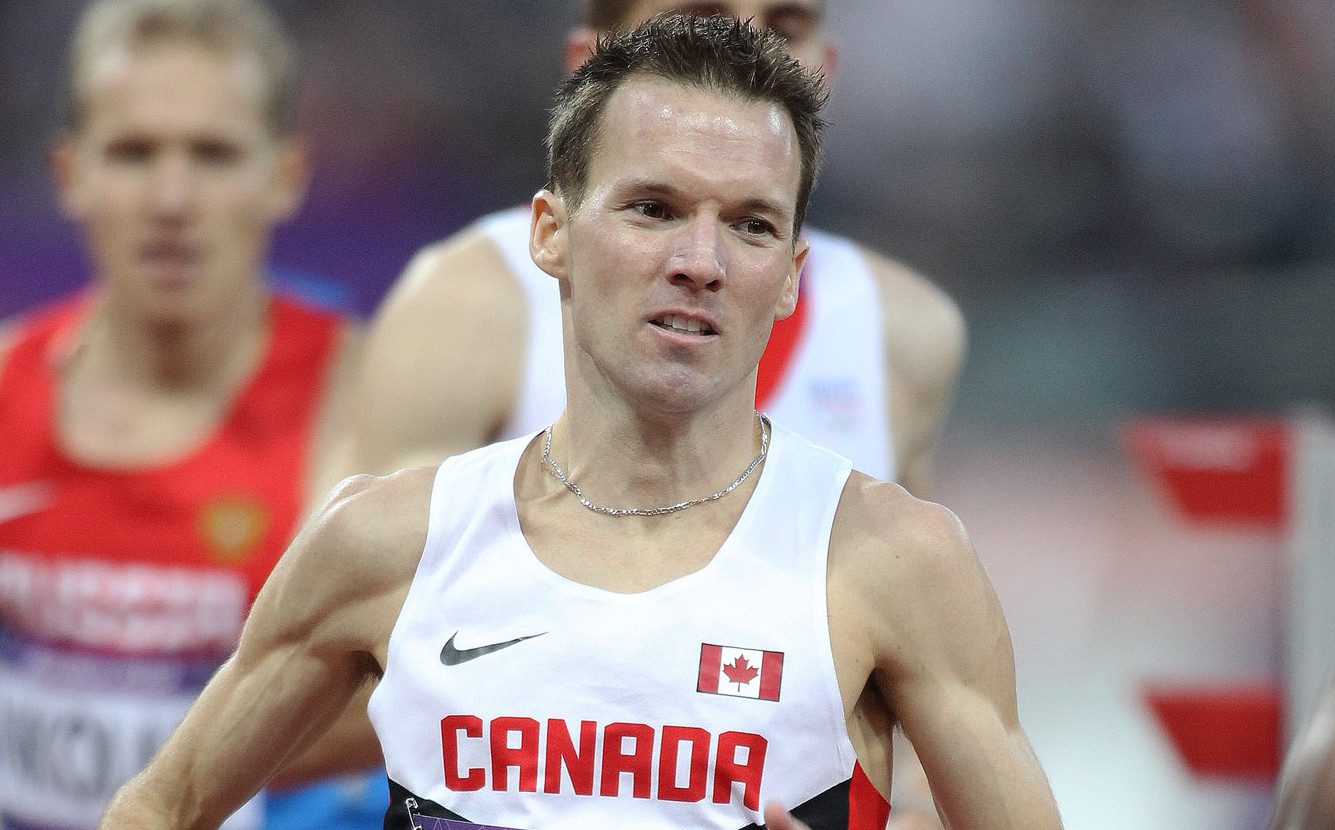2016 Games to reduce number of track participants

There will be fewer track and field athletes at the 2016 Rio Olympic Games.
The number of athletics competitors in 2016 will be capped at 2,000. The London 2012 Olympics saw 2,231 athletes compete. In recent Olympics years, besides London, there have been less than 2000 competitors, but the cap will now set a hard limit on the number competing.
It is not yet clear how the number will be enforced or how the new cap will affect national selection criteria. “If I’m being honest, we were over-quoted in London, so it’s back to what it should have been really so I think we are fairly relaxed about it,” Sebastian Coe, the 2012 Olympic chairman and two-time Olympic gold medallist, told Inside The Games.
In addition to the cap on the number of competitors, track and field’s pocketbook will take a hit. The International Association of Athletics Federations (IAAF), the world governing body for track and field, made $45 million of the $520 million total revenue from the 2012 event. That number will be smaller in 2016 due to a new revenue-sharing agreement.
All Olympic sports are ranked in a four-tier system based on their importance to the Games and the revenue that the governing bodies pull in is partially based on where they fall in the ranking. In 2012, track and field was alone on the top tier, being considered a pivotal component of the Summer Olympics.
The new model has elevated swimming and gymnastics to the top tier along with track and field, and they will pull some money away from a sport already strapped for cash. Although the addition of two other sports at the top will still bring in plenty of funding for the sport, it does seem to note a move away from track and field being seen as one of the defining events of the Games.


